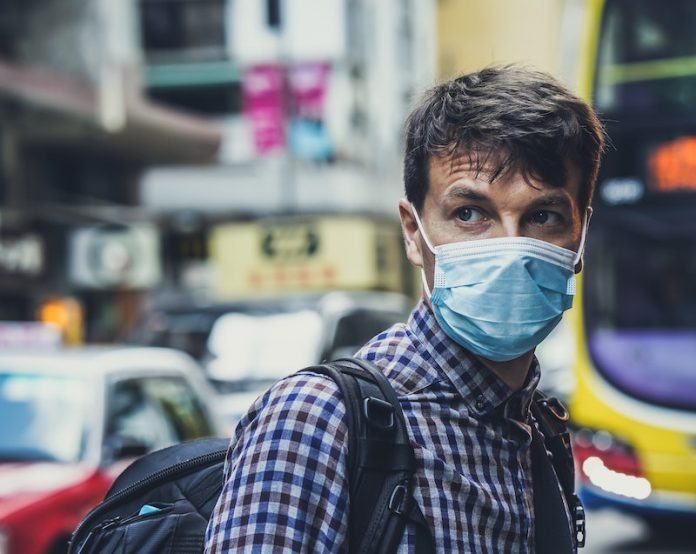
In a new study, researchers developed a model that estimates slightly more than half of COVID-19 transmission is due to people with no symptoms.
A third or more of these cases would need to be isolated, in addition to most symptomatic cases, to quell the pandemic.
The findings could directly influence the design of test-and-trace containment policies that aim to lower the rising numbers of infections in the United States.
The research was conducted by a team at the University of Florida and elsewhere.
Researchers have scrambled to understand the dynamics of how COVID-19 spreads, as the disease has rapidly metastasized around the globe.
Determining when people are infectious and able to spread the virus to others, is key to knowing when they should be isolated to prevent their passing to others the virus which causes COVID-19.
The researchers refined a model they’d previously developed to examine estimates of hospital occupancy rates during the pandemic.
The new work incorporates a data set that characterizes the infectiousness of asymptomatic and pre-symptomatic people infected with COVID-19.
Asymptomatic people carry the virus, though they never become ill.
Pre-symptomatic people, on the other hand, will eventually develop symptoms but are able to spread the virus to others before their symptoms develop—before they may even know they are ill.
The team’s new work estimates that 51.4% to 53.6% of transmission comes from those not showing symptoms; 48%-47% of this comes from people in the presymptomatic stage, while 3.4%-6.6% comes from those who will never develop symptoms.
The range of these findings is based on two separate studies by others, one which found that 18% of all COVID-19 infections were without symptoms, while the other pegged this number at 31%.
The new model estimates that even if all cases of people with symptoms are immediately isolated, the disease will continue to spread stealthily via symptomless infections.
This means that many people are silently transmitting the virus and driving the pandemic’s spread—either because they do not yet know they are ill, or because they are asymptomatic carriers who are infectious but never develop symptoms.
The team says the single biggest lesson of this is that we need to prioritize contact tracing.
In densely populated areas where the virus has already taken hold, it will be harder to start serious contact tracing efforts and have them be effective, due to the sheer volume of people exposed and ongoing transmission.
But in less densely populated areas that currently have a low amount of COVID-19 infections per capita, putting effective contact tracing efforts in place early will have deep and long-term payoffs in protecting the population against the pandemic.
One author of the study is Burton Singer, a professor at UF’s College of Liberal Arts and Sciences Department of Mathematics.
The study is published in PNAS.
Copyright © 2020 Knowridge Science Report. All rights reserved.



